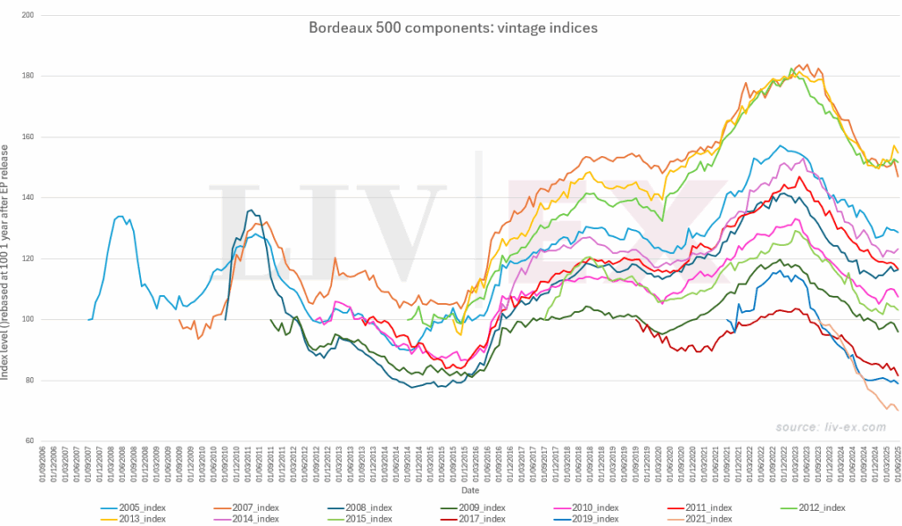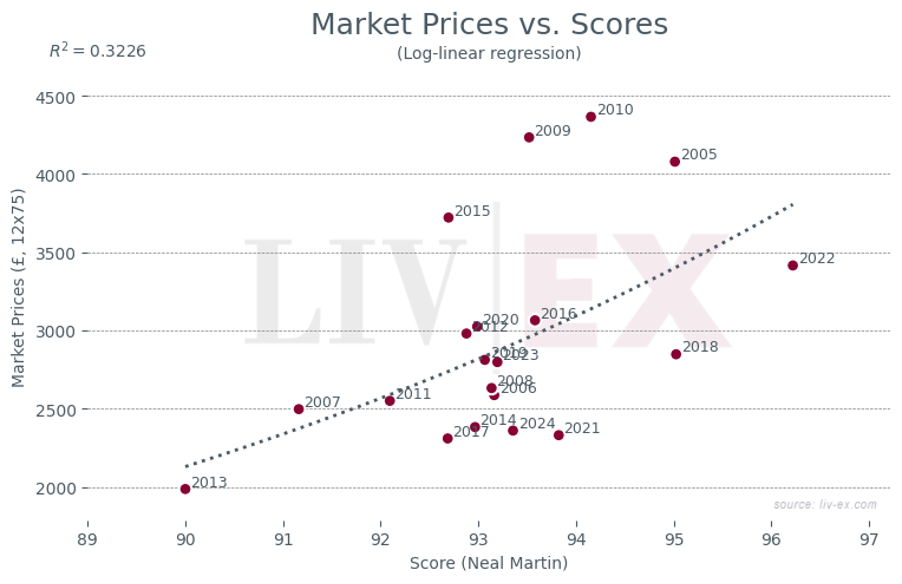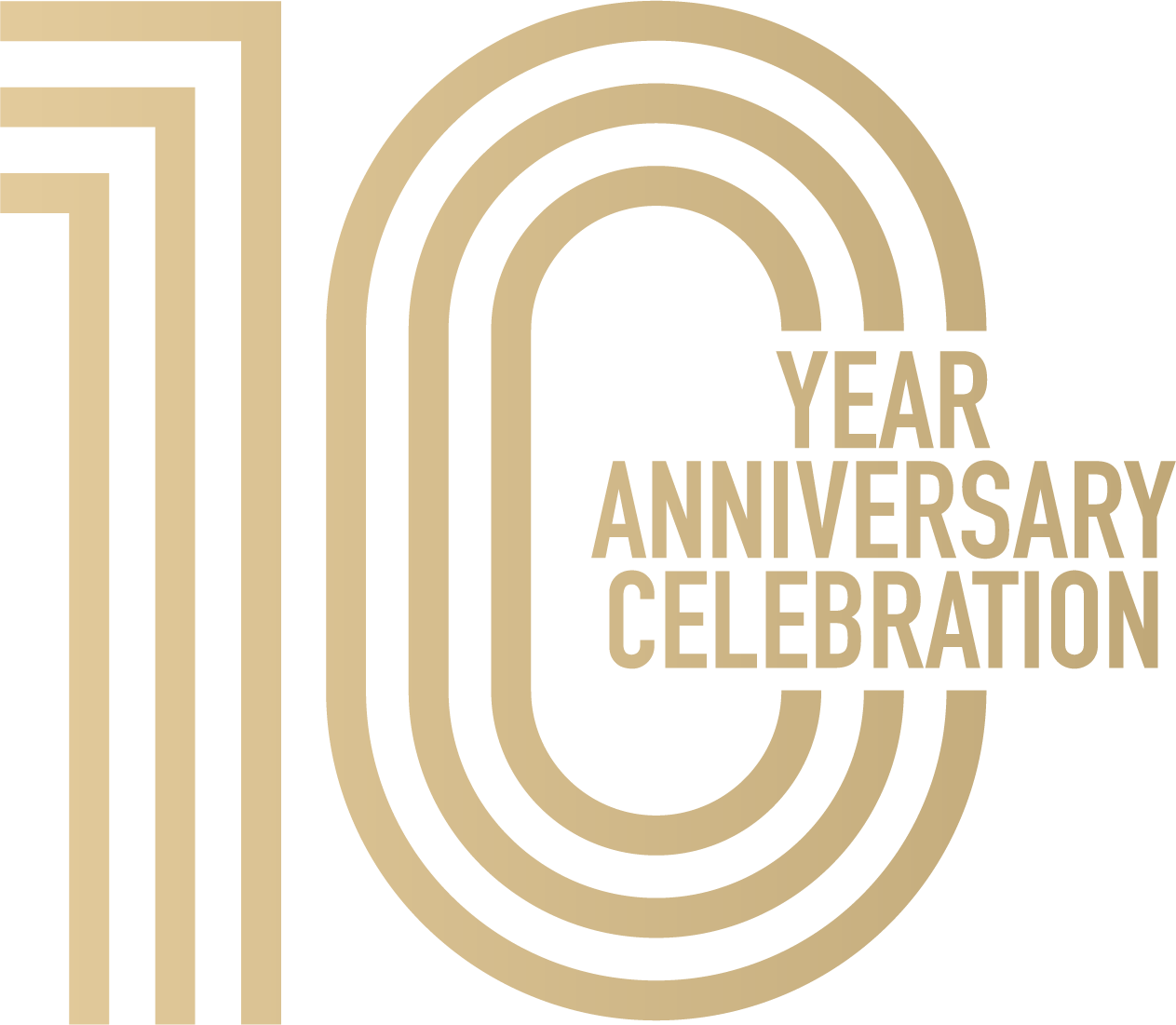Panorama del mercado
Burdeos vuelve a estar en cabeza, con un 44,7% del valor total de los intercambios de la semana pasada. Lafite Rothschild y Mouton Rothschild encabezan la lista, reafirmando el dominio de la región incluso en tiempos turbulentos.
En términos de actividad global, Asia se está mostrando fuerte, empatando con el Reino Unido con un28% del valor total negociado. Los compradores estadounidenses, aunque contribuyen con un modesto 14%, han sido selectivos y han centrado su atención en vinos de Borgoña y Toscana de volumen limitado y alto valor.
En profundidad: ¿Superan realmente las cosechas "On" los resultados?
Durante mucho tiempo se ha dado por sentado que las mejores añadas de Burdeos -2005, 2009, 2010, 2016- ofrecen los mejores rendimientos a largo plazo. Sin embargo, los datos ofrecen más matices. Mientras que estas añadas "buenas" ofrecen precios de mercado más elevados, son las denominadas "malas" -como 2007, 2012 y 2013- las que han proporcionado las mayores ganancias porcentuales desde su lanzamiento.

¿Por qué? Estos vinos entraron en el mercado a precios más realistas. Cuando el mercado en general se vio presionado, tuvieron menos margen de caída. Mientras tanto, los grandes éxitos de ventas de 2009 y 2010 han pasado gran parte de la última década recuperándose de su fama de En Primeur. Para el comprador de hoy, esto supone una oportunidad en rincones olvidados del mercado, especialmente donde los vendedores están cada vez más motivados por el dinero en efectivo.
¿Dónde está el valor ahora?
Destaca la añada 2021. Según la regresión de las puntuaciones de Neal Martin frente al precio medio de mercado de los componentes de Bordeaux 500, los 2021 cotizan muy por debajo de su valor razonable teórico. Los precios han convergido con los de añadas más débiles como 2014 y 2017, a pesar de ser más prometedores en la copa.
Con una relación oferta:demanda de sólo 0,08, el mercado está repleto de vinos de 2021. Para quienes estén dispuestos a mirar más allá de las críticas, esta cosecha podría ser un buen punto de entrada.

Por el contrario, los 2022 parecen estirados. A pesar de las puntuaciones estelares, su precio actual los sitúa en línea con añadas de primer nivel como 2005 y 2009. Los 2016, más asentados, pueden ofrecer una referencia de dónde podrían acabar aterrizando los 2022.
Lo esencial
Este sigue siendo un mercado de compradores. Con la estabilización de los índices maduros y las crecientes presiones de liquidez sobre los accionistas, está surgiendo valor, pero no necesariamente donde cabría esperar. Si bien las añadas de alta puntuación pueden ser atractivas para los titulares, el rendimiento real suele residir en las que han pasado desapercibidas. Para los inversores con capital que desplegar, puede ser el momento de volver a visitar las añadas que antes se tachaban de "apagadas".








